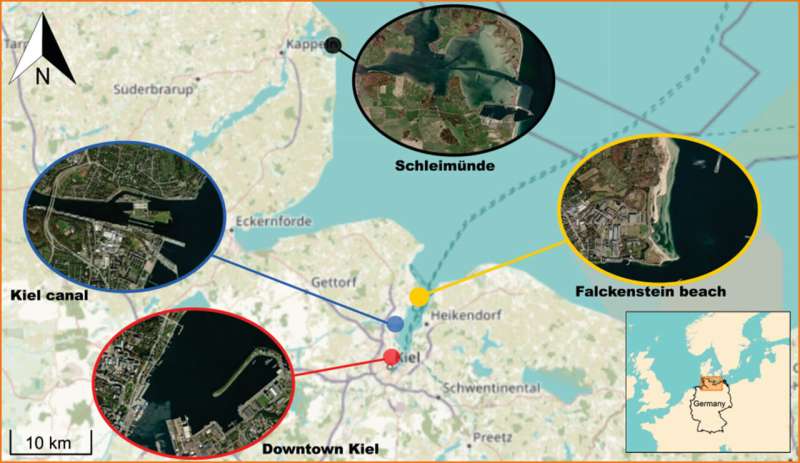Urban Animal Populations Show Greater Resilience to Environmental Stress
An international team of researchers, led by Dr. Elizabeta Briski from the GEOMAR Helmholtz Centre for Ocean Research Kiel, Germany, has found that animal populations in urban areas exhibit significantly higher resilience to environmental stress. The study, published today in Ecology Letters, shows that mussel and crustacean species from human-impacted environments are better adapted to disturbances, making them more resistant to climate and land-use changes.
The Impact of Urban Habitats on Adaptation
Urban habitats present unique challenges compared to natural environments, yet little was previously known about how populations of the same species evolve under human influence.
Dr. Briski and her team investigated how urban conditions affect three aquatic species—one bivalve and two crustaceans. Their findings indicate that these populations have adapted to environmental disturbances, enhancing their resilience to changing conditions.
Comparing Urban and Natural Ecosystems
To explore these differences, the researchers studied populations of blue mussels (Mytilus sp.) and amphipods (Gammarus locusta and Gammarus salinus), comparing specimens from the heavily urbanized Kiel Fjord with those from the less disturbed Schlei estuary.
“There are significant differences between these locations, including heavy metal concentrations in the sediment and temperature variations,” Briski explains. “Urban areas act as heat islands, forcing animals to endure higher temperatures than those in largely undisturbed natural habitats.”
Laboratory Stress Tests
To assess adaptability, the researchers subjected animals from both water bodies to various environmental stressors under controlled laboratory conditions. These stressors—rising temperatures, salinity fluctuations, and increased carbon dioxide leading to acidification—reflect current and predicted changes in the Baltic Sea. Mortality rates were monitored over 30 days.
Urban Populations Demonstrate Greater Resilience
The results revealed that populations from urban environments were significantly more robust to these stressors compared to their counterparts from protected habitats.
“These populations could serve as ‘rescue populations’ for endangered species,” Briski suggests. However, she also cautions that their adaptability may facilitate their spread to new regions. “Their tolerance to environmental change could make them more likely to become invasive species, particularly as human trade and transport connect urban centers.”
Implications for Conservation and Climate Adaptation
The findings reinforce the idea that urban habitats can provide valuable insights into how species adapt to environmental changes.
“Our study shows that different populations of the same species vary in their susceptibility to stressors linked to urbanization,” Briski notes. This has key conservation implications: “Urban populations could support natural habitats by bolstering resilience to environmental change.” However, whether these adaptations can keep pace with rapid human-induced changes remains uncertain.
Future research will need to examine additional stressors—such as heavy metal pollution and artificial light exposure—to determine whether these adaptations provide advantages in new environments.
